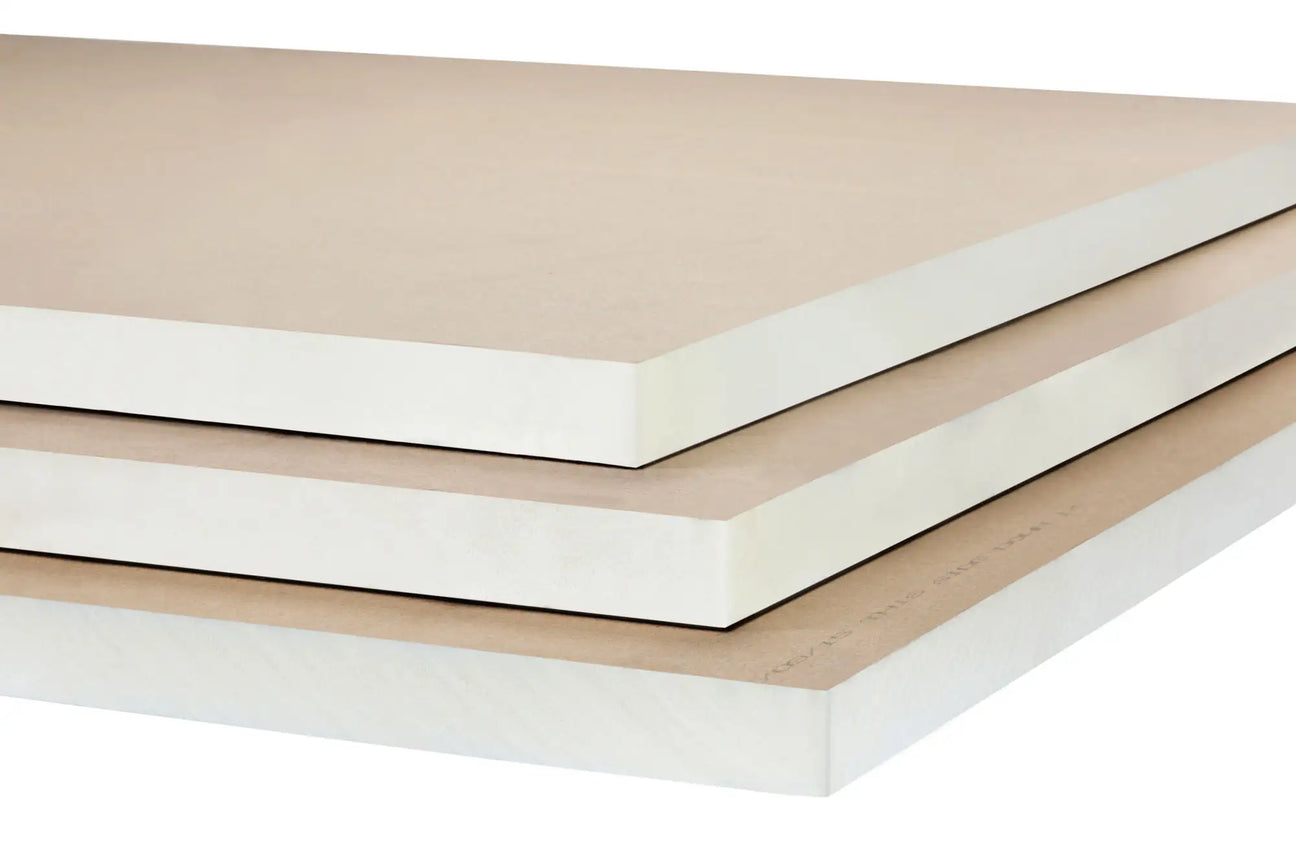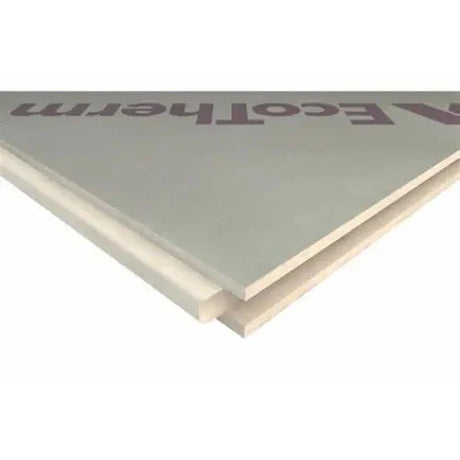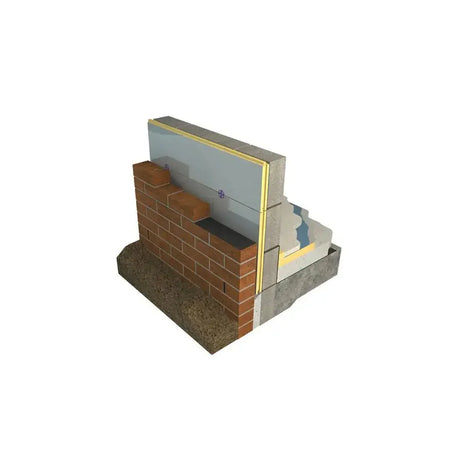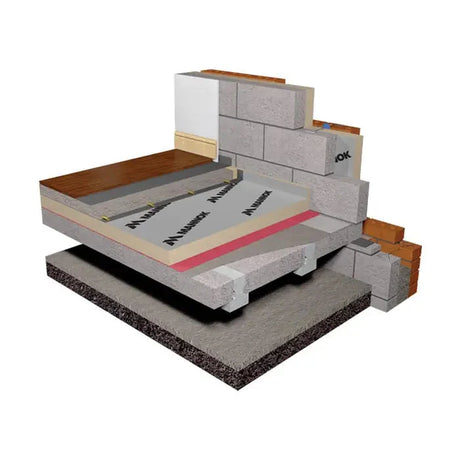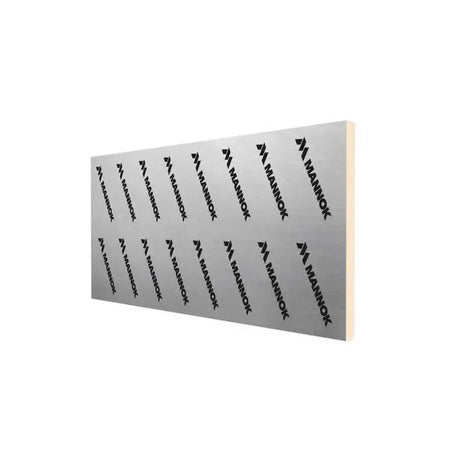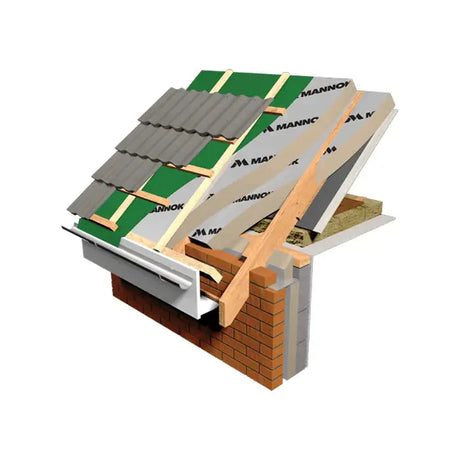Everything to Know About High-Performance PIR Insulation
Polyisocyanurate (PIR) insulation boards provide superior thermal insulation and are an increasingly popular choice in construction. In this detailed guide, we dive into everything you need to know about PIR insulation - from what it is exactly, its key benefits, ideal applications, available products, and important considerations for optimal performance and safety.
What is PIR Insulation?
PIR insulation refers to rigid foam boards made from polyisocyanurate, a thermoset plastic produced with blowing agents. The chemical makeup of PIR differs from traditional polyurethane (PUR) insulation, giving PIR enhanced thermal properties and fire resistance.
The closed-cell structure of PIR minimizes heat transfer through solid conduction. PIR boards are also commonly faced with low-emissivity foil facings, which dramatically reduces radiant heat transfer. This combination makes PIR one of the most thermally efficient insulation materials available.
PIR insulation comes in a range of sizes and thicknesses, typically between 25mm to 150mm. It can be easily cut to size and formed around building elements during installation. The rigid foam boards are robust yet lightweight, providing outstanding compressive strength and dimensional stability over years of service.
Key Benefits of PIR Insulation
There are several key benefits that make PIR insulation a top choice for builders and homeowners:
Exceptional thermal performance - With thermal conductivity as low as 0.021 W/mK, PIR minimizes heat loss more effectively than other insulations in equivalent thicknesses. This allows builders to achieve target U-values using slimmer profiles.
Thinner insulation for more living space - High thermal resistance per inch enables adequate insulation with slimmer boards. This preserves more usable interior floor space compared to products like mineral wool.
Moisture and water resistance - Foil facings shield the foam core from moisture absorption. Properly installed PIR has low vapor permeability.
Lightweight and rigid - Easily installed in framed walls and roof structures. Holds shape without sagging over time.
Long-term durability - Closed-cell PIR retains properties and performs for the service life of the building. Longevity exceeds most other insulations.
Fire performance - PIR is formulated to achieve non-combustible or fire-retardant ratings for safer buildings. Check certification for your specific product.
Optimal Uses for PIR Insulation
The slim profile and thermal properties of PIR insulation make it suitable for the following applications:
Wall Insulation
External wall cavities - Foil-faced PIR fitted between structural members replaces rigid mineral wool batts.
Timber frame walls - Installed between vertical studs and horizontal noggins. Effective for new builds or renovations.
Solid masonry wall insulation - Fixed to internal wall surface beneath plasterboard lining.
Roof Insulation
Pitched roofs - Laid between rafters and ceiling joists to prevent heat escaping into loft space.
Flat roofs - Provides a robust thermal layer when used above decking in warm flat roof assemblies.
Between and over roof joists in attic conversions and dormer roof spaces.
Floor Insulation
Ground floors - Foil-faced PIR installed over concrete slab or soil below screed provides efficient underfloor heating.
Intermediate floors - Fitted between joists separating stories in buildings.
PIR Insulation Products and Boards
PIR insulation is available in a range of product types engineered for specific applications:
Standard PIR boards - Multi-purpose insulation in various sizes and strengths. Use anywhere thermal and physical performance is needed.
PIR laminate boards - PIR bonded to plasterboard or cement particle board creates a thermal laminate combining insulation and interior finish.
PIR-insulated roof decking - Plywood or chipboard roof boards with a PIR foam core provide insulation and decking in one multilayer panel.
Cavity wall PIR boards - Designed to suit the width of exterior wall cavities while minimizing thermal bridges.
PIR-enhanced breather membranes - Combination of weatherproof membrane and insulation fixes to exterior sheathing for warmer, drier wall assemblies.
Key Considerations for Optimal PIR Performance
To achieve the full benefits of PIR insulation, mind these key considerations:
Moisture - Keep boards dry before and during installation. Avoid water exposure once installed and use vapor control layers as needed.
Wind washing - Drafts through insulation can diminish thermal performance. Carefully air seal assemblies.
Thermal bridging - Eliminate contact between insulation and structure where possible. Use thermal break tapes at joints.
Fire safety - Verify the flammability rating and smoke production of your selected PIR product.
PIR insulation delivers proven thermal advantages over traditional insulations. With proper product selection and installation, PIR boards provide durable, high-performance insulation able to meet the most demanding thermal standards for contemporary construction. Speak to an expert about leveraging PIR insulation for your upcoming build or renovation project.

